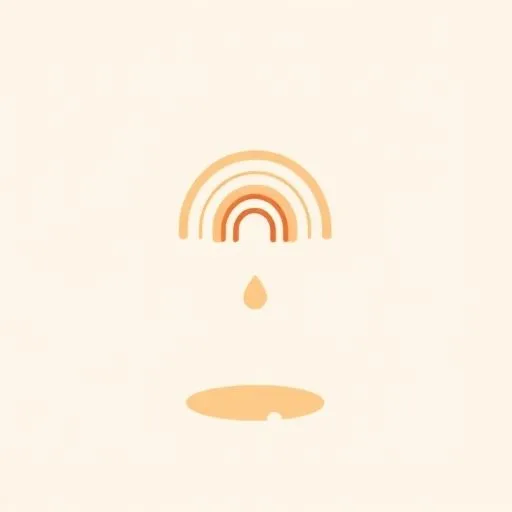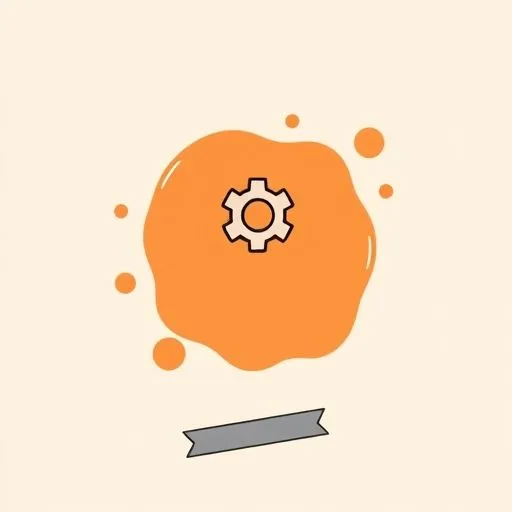
Ever feel like you’re drowning in “why” questions before breakfast? Elbow-deep in oatmeal when the “why” barrage hits? Yeah, been there—watching her pause instead of panic. She sees not chaos, but spark. That amazing shift where spilled milk suddenly becomes a science experiment, or rainbows turn into family research trips? That’s the magic. And it doesn’t need apps or gadgets. Just presence. Today, we’ll explore how ordinary moments—yes, even the messy ones—become your child’s compass for lifelong wonder. Because the most powerful learning happens when we stop having answers and start exploring together.
The Endless ‘Why’ Game (and How to Play Along)

We’ve all been there—stuck in that ‘why’ loop where ‘why is water wet?’ leads to ‘why do fish sleep with eyes open?’ before you finish your coffee. It’s exhausting. And frankly? It’s absolutely beautiful!
Because every question isn’t a test—it’s an invitation. The beauty’s in the pause. Instead of racing for perfect answers, she slows down. ‘You know what? Let’s find out together.’
That moment when she pulls out the magnifying glass for the backyard bug brigade? Or turns bedtime into ‘stargazing researcher’ mode? It’s not about knowledge—it’s about modeling curiosity. I’ve seen parents handle this with such calm grace, it becomes a family mantra.
And kids? They latch onto it. Suddenly, you’re hunting cloud shapes instead of scrolling screens, or testing sink-or-float theories in the bath. No fancy degrees needed—just pointing and wondering aloud.
Here’s the quiet strength we all admire: admitting you’re clueless together. It transforms pressure into partnership. That time rainbows sparked a living-room prism experiment with just a glass of water and sunshine? Her eyes lit up—not from having answers, but from sharing the hunt.
The feeling of leaning in, side by side, breath held in shared discovery—that’s what sticks with our little explorers.
So next time ‘why’ hits like a tidal wave, get ready—this is your chance to turn chaos into pure magic together! Try this: ‘Wow—that’s a great question! Where should we look first?’ Watch how quickly ‘I’m bored’ turns into ‘Let’s check the library!’
Spills, Breaks, and ‘Oops’—Your Secret Teaching Tools

Remember that sigh after the juice explosion? Or the cringe when the Lego tower collapses mid-build? We’ve seen her catch it—freeze-frame that frustration—and pivot. Instantly.
Not ‘You made a mess!’ but ‘Hmm… where did all that juice flow? Let’s trace it!’ Those ‘oops’ moments? They’re golden. Spilled milk becomes fluid dynamics. Broken toys turn into engineering lessons. No prep needed—just presence.
What gets me every time is how she reframes failure. When glitter covers the couch from a ‘science project gone wild,’ she doesn’t scold. She asks, ‘What did we learn about static electricity?’
That soft shift—from ‘Fix it now!’ to ‘Let’s figure this out’—is pure parenting alchemy. Kids stop fearing mistakes and start seeing them as clues. We’ve watched quiet eyes light up when she says, ‘You know what? Sometimes I mess up too. Let’s try again.’
And here’s the magic no app can replicate: the trust blooming in those messy moments. When she gets down on the floor to rebuild a toppled block city, muttering ‘What if we widen the base?’, it’s not about the tower.
It’s whispering, ‘I believe you can solve this.’ That’s the quiet strength that sticks—the unspoken ‘You’ve got this’ in her voice when she hands you the tape and scissors.
Try it: Next spill, break, or chaos moment, breathe. Then ask one curious question. ‘Where’s the biggest puddle?’ ‘What part broke first?’ Watch curiosity override catastrophe.
Screens and Sunsets—Finding Balance in the Digital Age

Let’s be real: that ‘just five more minutes’ on the tablet hits different when you’re trying to protect curiosity. We’ve all seen the screen glow hypnotize little faces.
But what if we reframed it? Instead of wrestling the device away, she asks—calm as a sunrise—’What cool thing did you discover today?’ Suddenly, screen time isn’t theft from real life; it’s a launchpad.
The trick? Making it collaborative. ‘You found a volcano video? Awesome—let’s build one with baking soda!’ Or after a space cartoon, ‘Should we spot Jupiter tonight?’ She turns passive watching into active hunting.
And the screen boundary that actually sticks? ‘First we explore outside, then you can show me what you learned.’ That 30-minute sandbox dig becomes richer because they’re hunting for ‘evidence’ to share online later.
We’ve watched her balance brilliance at work: Using YouTube not for babysitting, but for sparking backyard expeditions. ‘This bug looks like the one in our garden—wanna compare?’ Digital becomes a doorway, not a wall.
And her secret weapon? Modeling her own curiosity offline. When she puts her phone down to watch ants march, or sketches clouds in a notebook? Kids notice. They mimic that wonder.
So try bridging the gap: ‘What should we investigate IRL after your screen time?’ That spilled glitter? Now it’s a ‘particle physics field trip.’ The digital world stops feeling like a competitor when every online discovery becomes an outdoor adventure seed.
Source: AI #131 Part 2: Various Misaligned Things, Less Wrong, 2025/09/12
